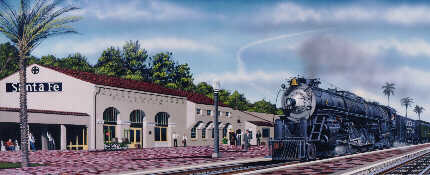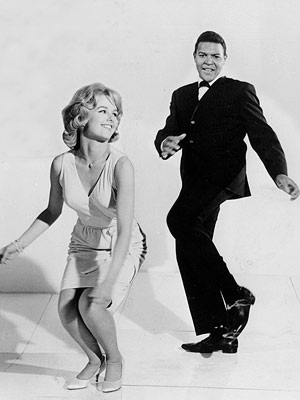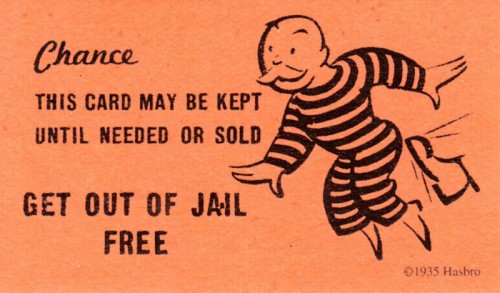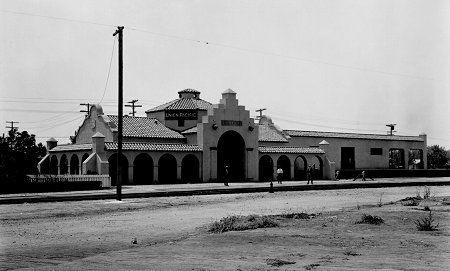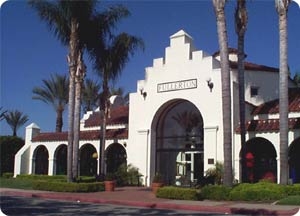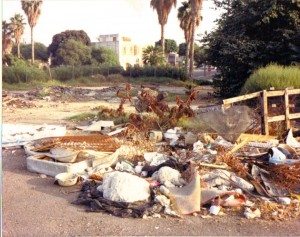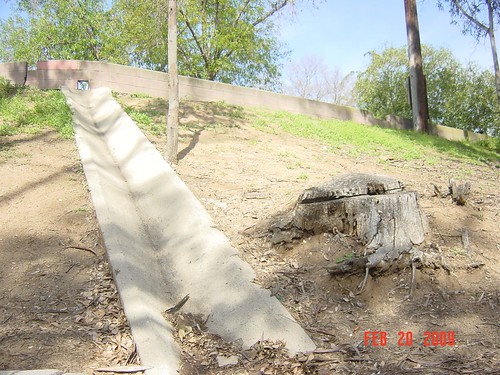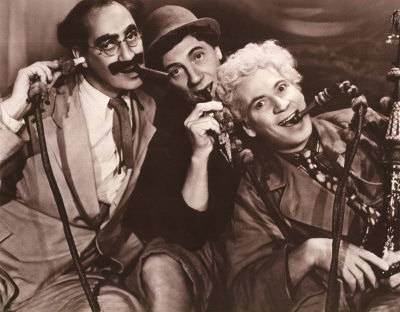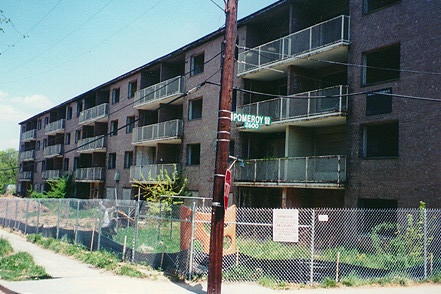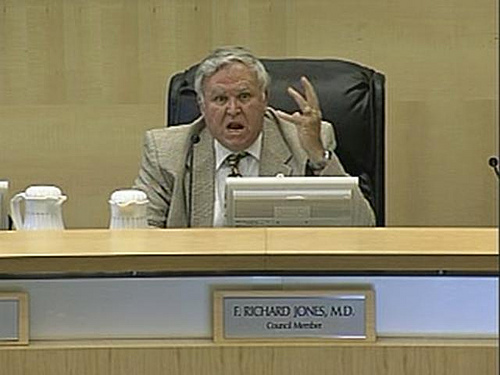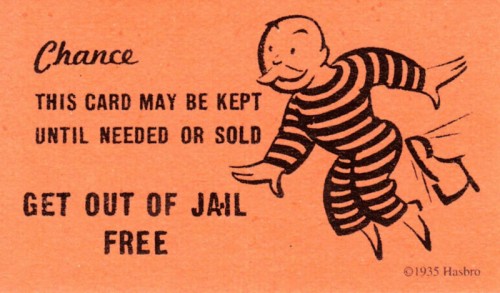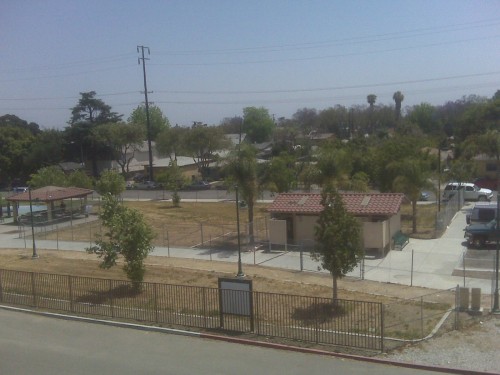
The history of Redevelopment failures should weigh heavily in the upcoming recall campaign. The disasters and boondoggles are many, but none so painful, perhaps, than the Poisoned Park. This is a saga of utter incompetence with zero accountability; in other words, business as usual for our illustrious City Councilmen Bankhead and Jones. McPension gets off this hook because he wasn’t part of this calamity, although you could bet your bottom dollar he would have gone along with it, too.
This post was originally published 27 months ago. The public is still fenced off from the contamination.
– Joe Sipowicz
It was supposed to be a park. That’s how they pitched it over at City Hall. The only problem was that nobody asked for a park. And nobody outside City Hall wanted a park. Commonsense could have predicted the future of a park.
We are referring, of course, to the Union Pacific Park on West Truslow Avenue, the sad history of which has been well documented on these pages; and one of many in a conga line of Redevelopment disasters perpetrated by Terry Galvin and Gary Chalupsky of the Fullerton Redevelopment Agency- in this case aided and abetted by Susan Hunt the lady dragon of the Community Services Department, and former City Manager Jim Armstrong, mastermind of a million Fullerton failures. We have also stressed the fact that so far nobody has been held accountable for this miserable failure and waste of millions of tax dollars. No one.
Last Tuesday, during the public comments portion of the City Council Show, a longtime resident who lives on Truslow Avenue, across from The Great Disaster spoke about the problems the City had created when they decided to bestow a park upon unwilling residents. Below we share the video of the residents statement, as well as the response by City Manager Chris Myers. The video is a bit long, but well worth the watch. Borrachos, meth-heads, gang members. Who else did the City think was going to frequent this park?
In the end Myers admits that the park is being shut down – toilets closed, tables removed, fences going up, etc. You can decide for yourselves if can detect any contrition in his voice for the complete and unarguable waste of the millions spent on acquiring, designing, and building this park THAT IS ONLY FIVE YEARS OLD.
Now the city wants to create a “reuse committee,” ostensibly to figure out how to clean up the mess they created.
Here’s a free bit of advice from FFFF: SELL THE PROPERTY ASAP! And let’s not forget a complete investigation into this entire disaster with accountability for the people who created this mess. Perhaps the three councilperson who don’t have their fingerprints all over this debacle, Quirk, Keller, and Nelson, will be willing to demand accountability.
